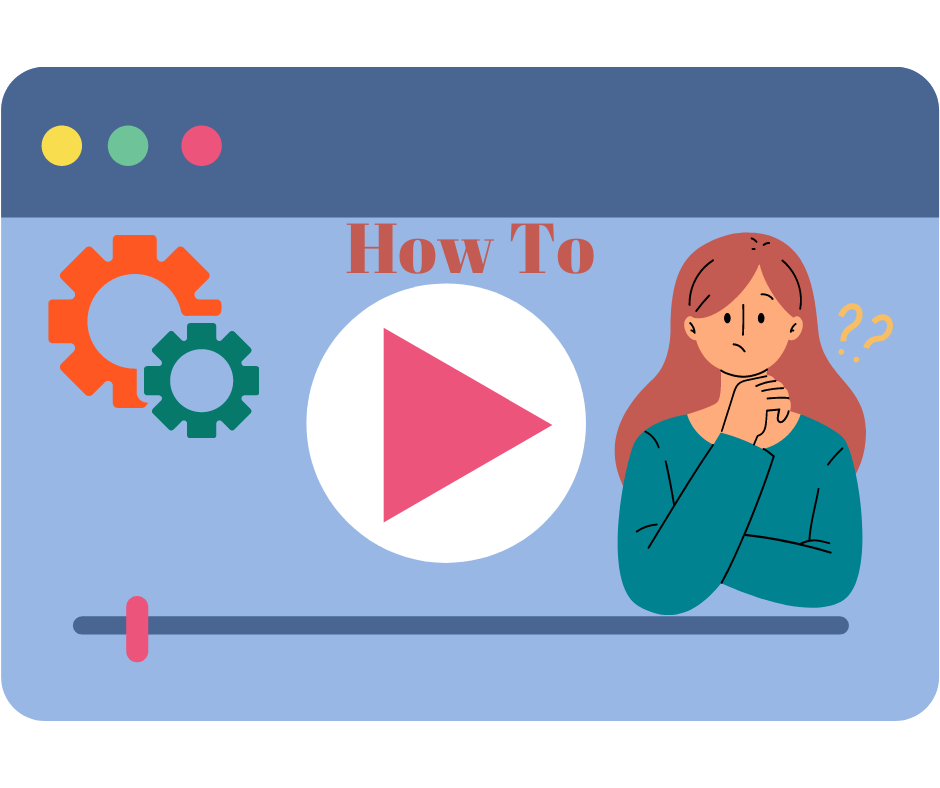7 Types Of Videos For Customer Onboarding

Get to know the 7 types of videos for customer onboarding to educate your customers effectively. From introduction to testimonial videos, discover how onboarding videos can help improve customer satisfaction and reduce churn rates.

A strategic and well-designed knowledge base platform help enhance customer satisfaction, lessen churn rates, and boost customer lifetime value. One of the effective ways to enroll new customers is through the use of onboarding videos.
These videos help convey your products and services through an engaging approach and assist customers to understand how to use them effectively.
Explore the different types of customer onboarding videos that you can use to orient your customers successfully.
7 Types Of Videos For Customer Onboarding
Introduction Videos

This type of video provides a brief overview of the product or service and explains how it can benefit the customer. They are usually the first video that a new customer will see when upon signing up.
The main purpose of an introduction video is to educate customers about what the product or service is, what it does, and how it can benefit them. The video should be engaging, informative, and easy to understand. It should also highlight the key features and benefits of the product or service in a clear and concise way.
An effective introduction video should be short, usually around 2-3 minutes long. It should also be captivating, with a combination of graphics, animations, and text to convey the message.
When creating an introduction video, it's important to keep the target audience in mind. It must be tailored to the needs and preferences of the target audience, using a friendly tone and easy-to-understand terminologies.
Tutorial Videos

Also referred to as the "How To's", Tutorial videos offer step-by-step instructions on how to use specific features of a product or service. They can be particularly useful for complex or technical products or services, where customers may need more guidance to get started.
The goal of a tutorial video is to provide customers with a straightforward guide on how to use specific features or functionalities. These videos should be easy to follow, using simple language and clear visuals to demonstrate the steps involved.
The content of tutorial videos can vary depending on the product or service being offered. For example, a software product might have tutorial videos that cover how to set up an account, how to navigate the user interface, and how to use specific features such as the search function or reporting tools. A physical product might have tutorial videos that cover how to assemble the product, how to use specific functions, and how to troubleshoot common issues.
Here are some tips to consider when making tutorial videos:
- Remember your target audience
- Be specific with the needs and preferences of the target demographics
- Use simple terms and relatable scenarios
- Invest in graphics and visually appealing materials
Demo Videos

Demo videos highlight the key features and benefits of the product or service, often using real-life examples or scenarios to demonstrate how it works.
These videos are typically designed to generate interest and excitement in the product or service and to show customers how it can meet their needs or solve their problems.
The objective of a demo video is to give customers a straightforward and compelling demonstration of the product or service, highlighting its key features and benefits. The content of demo videos can vary depending on the product or service being offered.
These videos should be interesting, visually appealing, easy to digest and demonstrate the value of the product or service in a practical way.
Testimonial Videos

You can show your new customers some testimonial videos that feature satisfied clients sharing their experiences and recommendations. These videos are designed to build trust and credibility with potential customers and to show them how the product or service has helped others in a similar situation.
Its goal is to provide customers with social proof of the product or service's effectiveness and value. These videos should be authentic, featuring real customers sharing their genuine experiences and recommendations.
Testimonial videos usually contain the following:
- Personal stories
- Product efficiency
- Valuable service
- Exemplary support
When creating testimonial videos, it's important to select customers who are representative of the target audience and who have had a positive experience with the product or service.
The video should be well-produced, with clear audio and visuals, and include a call-to-action that encourages potential customers to try the product or service for themselves. Overall, testimonial videos may increase sales and customer satisfaction rates, as well as improve brand reputation and customer loyalty.
Interactive Videos

Giving your clients a hands-on experience before they purchase is a game-changing type of onboarding.
These videos provide customers with a more immersive and engaging experience and help them understand how the product or service works in a practical way.
The main purpose of this type of onboarding is to provide customers with an inviting and memorable experience that helps them understand the product or service completely.
These videos should be interactive, allowing customers to click, zoom, swipe, rotate, and explore different features and options within the video.
Keep in mind that upon creating interactive videos, you should:
- Make sure the video is easy to navigate and use
- You must have clear instructions and guidance
- Employ high-quality visuals
- Engaging animations or graphics
Sharelo can be a great platform for creating interactive videos as it comes with plenty of immersive elements.
Live-Action Videos

Real people demonstrating a product or service is called Live-Action videos. These videos are created to introduce new customers to a product or service by utilizing a series of elements.
Some live-action videos may include:
- Voiceovers
- Text overlays
Live-action onboarding videos can be particularly useful for complex products or services where customers may need more guidance to get started. They can also be effective for building customer trust and creating a personal connection with the brand.
Animated Onboarding

These are short animated videos that introduce new users to a product, service, or platform. They are typically used to provide an engaging and informative introduction to the key features and benefits of the product, while also helping users understand how to get started and use the product effectively.
Animated onboarding videos can be created in a variety of styles, including 2D or 3D animation, stop-motion animation, whiteboard animation, and others. They can also incorporate voiceover narration, sound effects, and music to enhance the overall experience.
The primary goal of animated onboarding videos is to make the user onboarding process interesting, efficient, and effective. New users will be able to understand the value proposition of the product, how it works, and how to use it to achieve their goals using animated onboarding videos.
Conclusion
These videos for customer onboarding have their own strengths and weaknesses, and companies should choose the types that are most appropriate for their product or service, their target audience, and their goals.
Using a combination of these different types provides companies a comprehensive and engaging onboarding experience which can help improve customer retention, decrease churn rates, and increase customer satisfaction.
So, if you're looking to improve your customer onboarding process, consider incorporating onboarding videos into your strategy. With the right approach and the right types of videos, you can help your customers get up and running with your product or service quickly and effectively. Start exploring your options today and see how onboarding videos can benefit your business!
